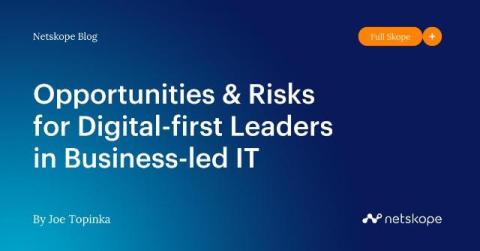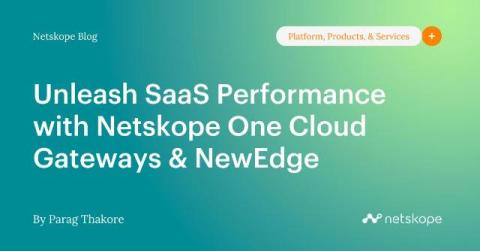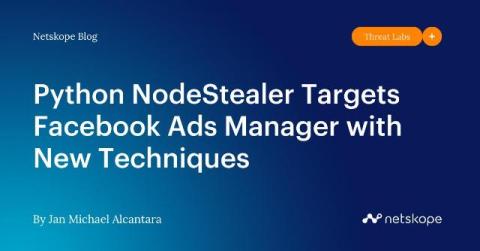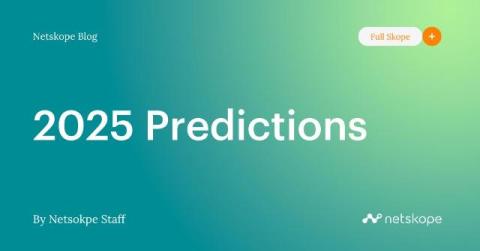Opportunities & Risks for Digital-first Leaders in Business-led IT
In the digital era, the ability to adopt and integrate technology quickly has become a key driver of business success. Technology decisions are increasingly being made outside IT organizations as cloud-based tools, SaaS platforms, and low-code/no-code solutions become more accessible. Known as business-led IT, this trend democratizes technology, empowering business leaders to innovate independently.











